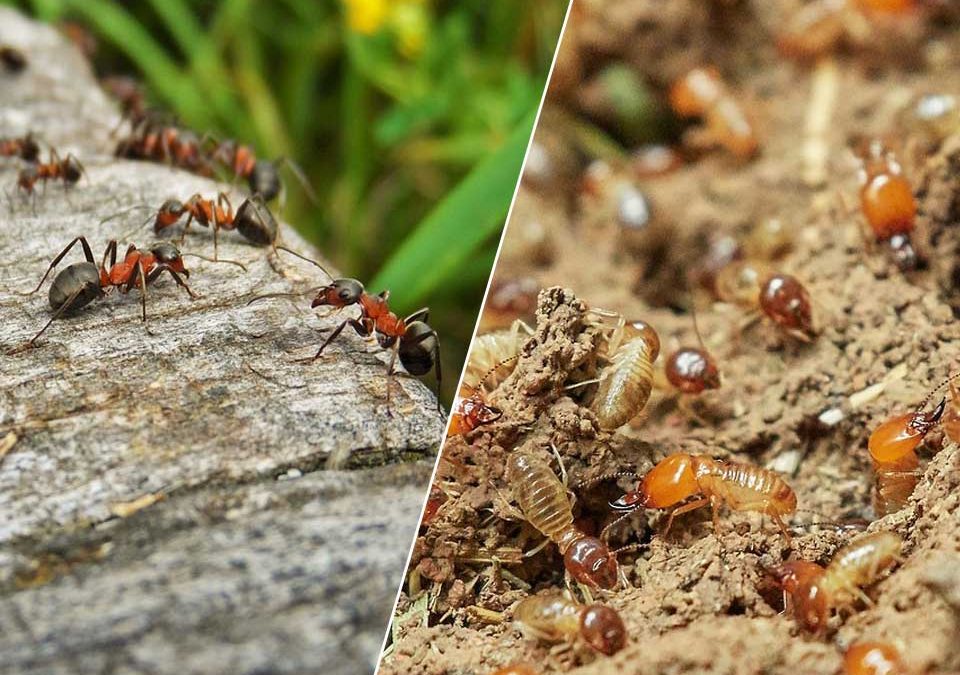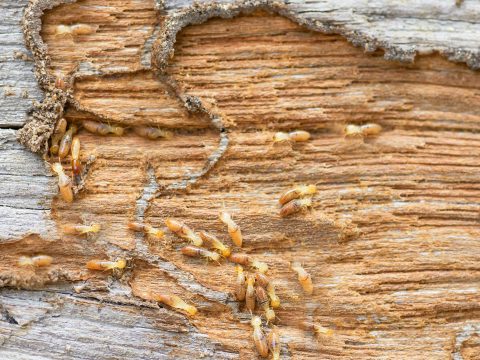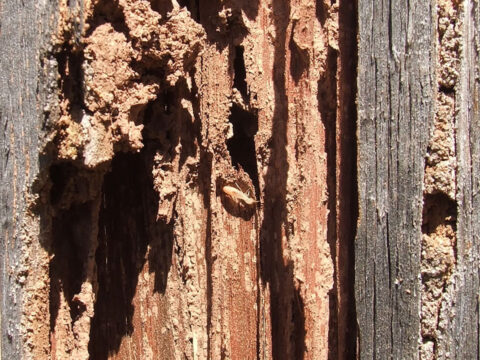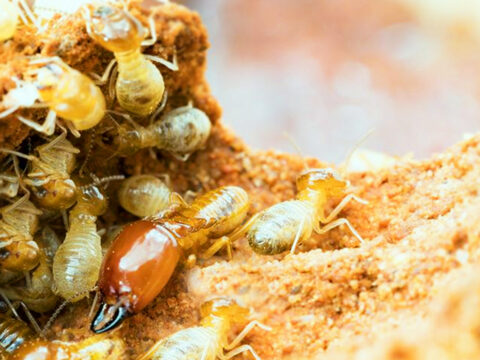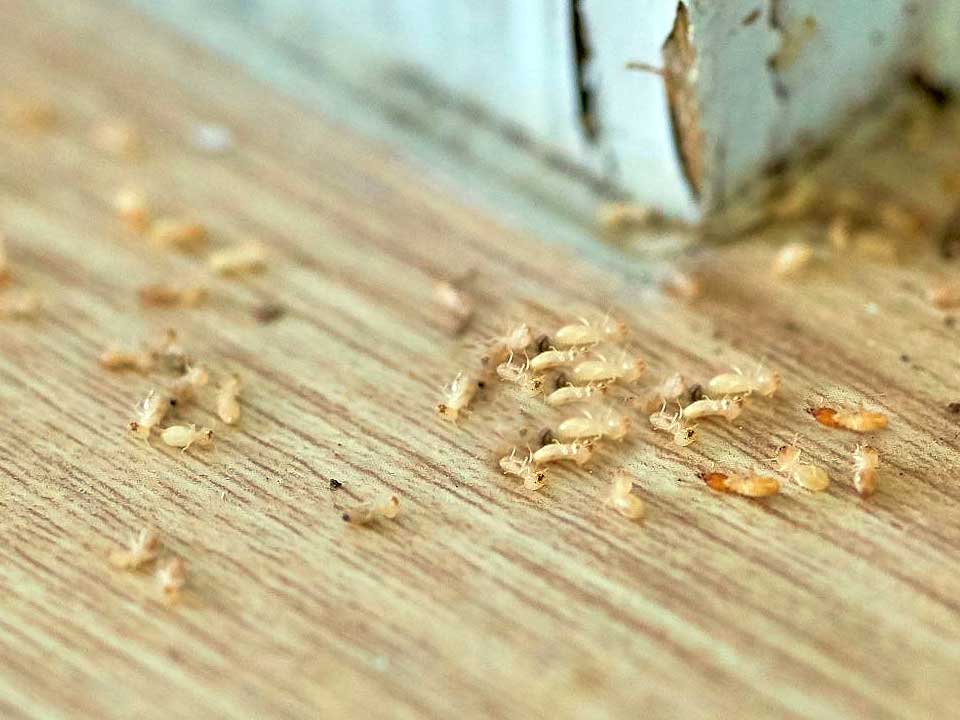
The Psychological Impact Of Termite Infestations: How To Cope With The Stress
December 19, 2023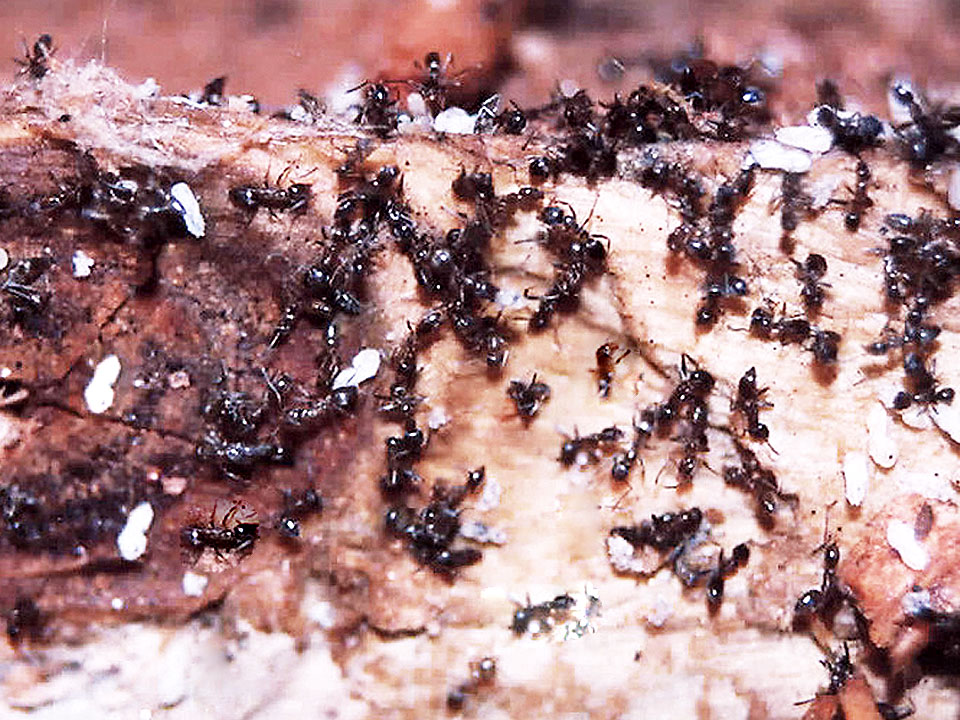
Do Termites Have Natural Predators? (Can They Aid In Pest Control?)
February 15, 2024Most people mistake termites for ants due to their similar appearance. Do you know the difference?
In fact, termites are not the same as ants and it’s essential to distinguish between these two insects, particularly because the treatment and control methods for termites and ants differ significantly.
So keep reading to learn more as today, we’re about to dive into the details and help you better understand the difference between these two pesky insects.
While termites and ants may share some similarities in their appearance, they are two distinct groups of insects with different biological characteristics, behaviors, and ecological roles. Here are some key differences:
1. Evolutionary Relationship:
Termites did not evolve from ants, although both ants and termites are social insects and belong to the order Hymenoptera. Termites, however, are more closely related to cockroaches rather than ants. They belong to the order Blattodea, while ants belong to the order Hymenoptera.
2. Body Structure:
Termites and ants share some similarities in their appearance, especially in their winged reproductive phases (swarmers or alates) and can be mistaken for each other. Both have a similar body shape and size, segmented bodies, and six legs. However, when you examine them closely, you will notice some distinct differences:
- Antennae: Termites have straight, bead-like antennae, while ants have elbowed or bent antennae.
- Wings: Both have wings, but termites have wings that are the same size and shape. Ants, on the other hand, have wings that are typically different in size and shape between the front and back pairs, their forewings are larger than hind wings.
- Color: Termites might appear lighter in color than ants. Termites’ bodies are typically pale or creamy in color while ants come in various colors, including black, brown, red, or a combination thereof.
- Size Comparison: The size of ants and termites can vary significantly depending on the species. In general, both ants and termites can range in size from a few millimeters to over a centimeter long.
3. Nesting Habits:
Observing the habitats of termites and ants can help distinguish them.
Termites are typically found near wood, feeding on it and nesting within it. They construct nests made of soil, wood particles, saliva, and fecal matter, creating intricate tunnel systems that protect them from the environment.
Ants have diverse habitats. They build their nests in a variety of locations, including soil, wood, or even within structures, but they don’t eat the structural materials like termites do.
4. Dietary Habits:
Termites primarily feed on cellulose-based materials like wood, paper, and plant matter. They possess symbiotic gut microorganisms that help them digest cellulose. Ants on the other hand, have a more diverse diet, which includes other insects, nectar, seeds, fruits, and even dead animals.
5. Lifecycle and Colonies:
In general, termite colonies typically consist of workers, soldiers, a queen, and reproductive individuals. Ant colonies may have similar castes, but they may also have different social structures depending on the species.
6. Role in Ecosystem:
We also need to mention the role these two species play in the ecosystem. So, termites play a crucial role in breaking down dead wood and plant matter, aiding in nutrient recycling in ecosystems. Ants also have ecological importance, contributing to soil aeration and seed dispersal, but they do not consume wood as termites do.
7. Potential for Structural Damage:
While some ants can cause minor structural damage, termites are known for their ability to cause significant damage to wooden structures and materials. Termites’ constant feeding on wood can weaken the structural integrity of buildings, posing a serious threat to homes and other wooden structures.
To differentiate between termites and ants, you should consider the characteristics described above. Know that due to these differences, misidentifying termites as ants or vice versa can lead to ineffective pest control measures. Appropriate treatment is essential to effectively control termite infestations and prevent potential damage to your property. Effective treatment and control methods for termites differ from those used for ants. For instance, termite control often involves specialized treatments like liquid termiticides, bait systems, or fumigation, whereas ant control might involve baiting, repellents, or physical exclusion methods.
If you’re in doubt, consult a professional pest control expert who is trained and knowledgeable enough to accurately identify the species. When you suspect a termite infestation, reach out to our team at Chem Free Exterminating in Orange County, California, and let our experienced and skilled technicians inspect your property.

